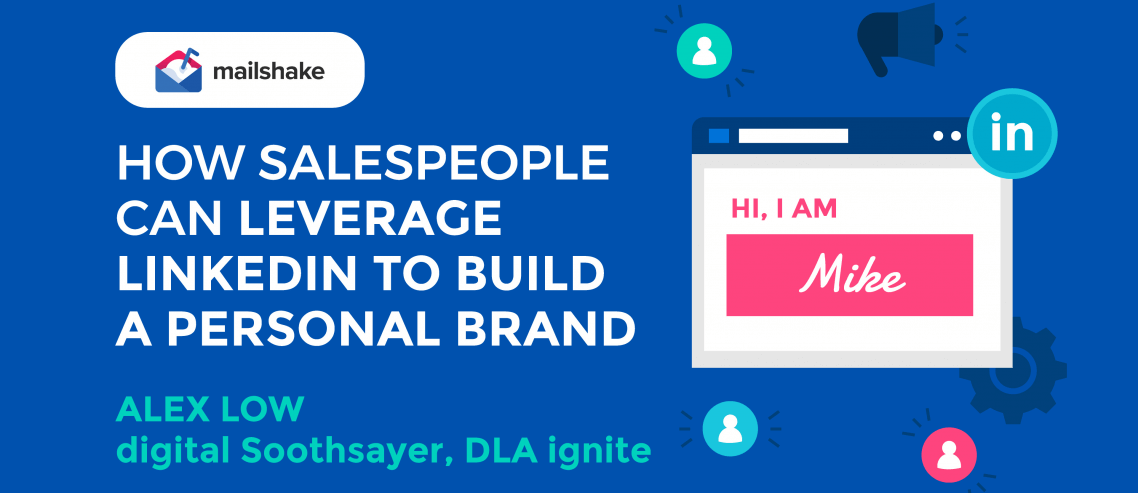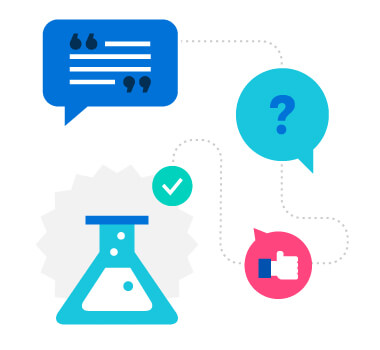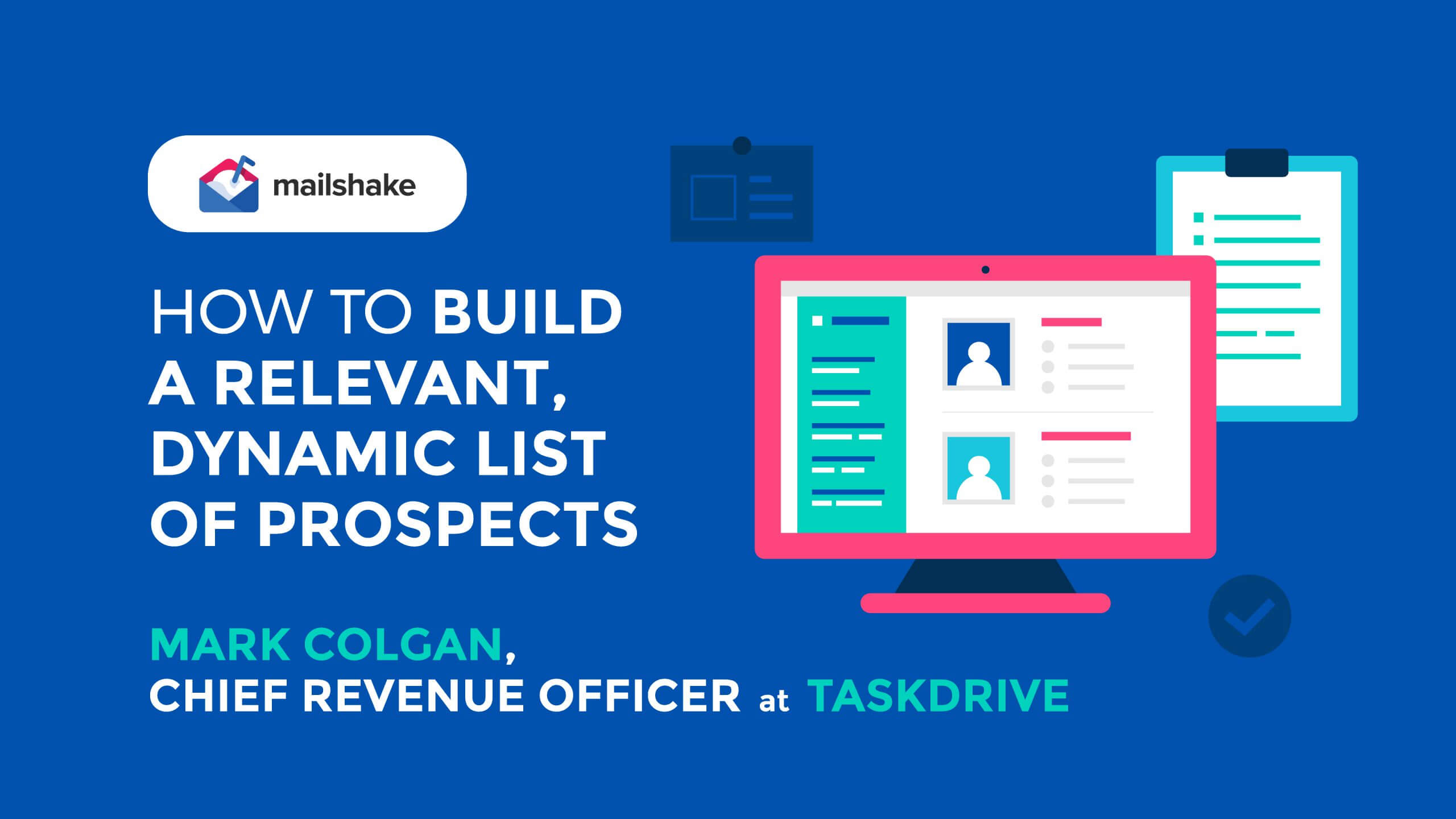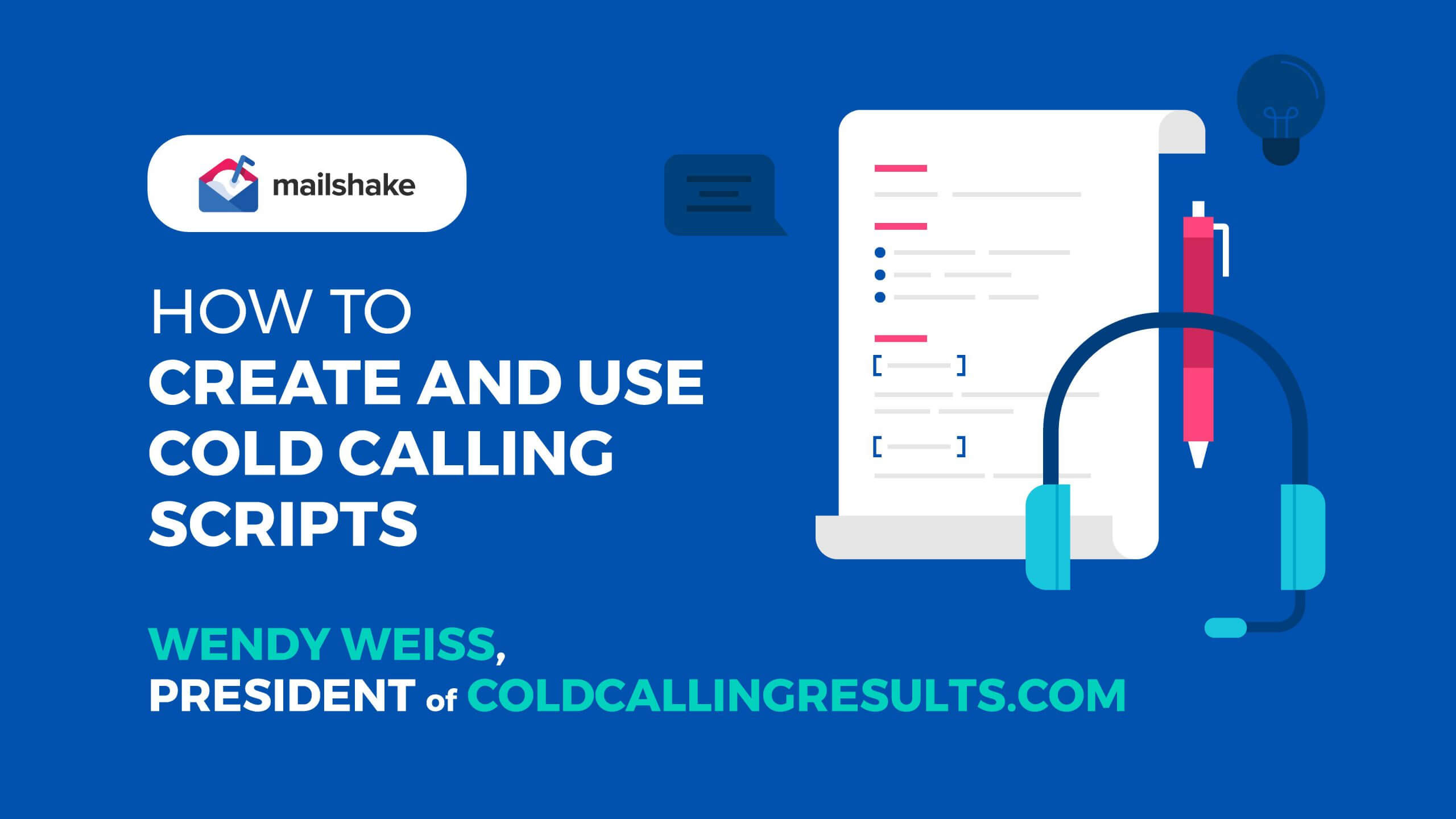How Salespeople Can Leverage LinkedIn to Build a Personal Brand

Contents
A couple of decades ago, a salesperson’s brand was all about their suit, car, and business cards.
These days, you need to put a bit more work in.
A strong personal brand attracts and engages clients, while building their trust in you, and – by extension – the company you work for.
And when it comes to your branding toolbox, LinkedIn should be your go-to.
I recently sat down with Alex Low, co-founder of DLA ignite, to gain expert insight into how salespeople can build their personal brand on LinkedIn, and why this is now key to sales success.
Alex knows what he’s talking about when it comes to sales and branding. His background? “Sales through and through.” He’s worked in real estate and recruitment, with former employers including PwC. He co-founded DLA Ignite at the beginning of 2017.
In this article, I share some of his top insights. For the full interview, check out the video below.
[lyte id=”76Rj3hfh1sQ” /]
Authenticity is key [1:30]
We might be living in a digital world, but Alex hammers home the mantra “People still buy people.”
Indeed, it’s widely believed that the very things that make us human and cannot be automated – emotions, love, insight, ethics – will become extremely valuable as humanity continues on this unstoppable path to digitization.
But of course, with more and more conversations happening online, everyone and everything is connected.
This lends itself to a buyer’s market. In the digital domain, salespeople have more competition than ever.
This is why it’s essential to stand out – in the right way – on LinkedIn. Learning how to do this is an extremely valuable skill.
It’s vital that salespeople build an authentic brand presence. When someone meets you for the first time – even if this is happening online – they need to meet the real you. Avoid carefully-crafted veneers, or standard profiles tailored towards your next job or customer.
“With the challenges social media is facing today, such as #fakenews, as consumers we are becoming less trusting of social and digital,” says Alex. “The more authentic salespeople are online, the more likely the right type of people will gravitate towards them. That’s just who we are as human beings, and have always been.”
He also offers a nice hack for LinkedIn: “Tell your story as if you’re meeting your parents’ friends for the first time.”
Ultimately, your profile should be a blend of your authentic self, alongside content and the story you tell to bring your personal brand to life.
Optimize your profile [7:32]
When optimizing your profile, you of course have to work within the parameters of LinkedIn’s template, and within the brand of your own organization as well.
It’s essential to remember the employee owns the profile – not the employer. Forcing employees to post certain content or words in a specific way is likely to sound inauthentic and have a counterintuitive effect. And employees probably won’t appreciate it, either.
‘About’ [8:00]
Of LinkedIn’s ‘About’ section, Alex says: “This is not your CV.” Instead of a dry list of skills or accomplishments, use it to tell your story.
Consider:
- What do you do?
- Why do you do it?
- What are your hobbies?
- Do you do charity work or sit on boards?
The purpose of this is to achieve instant personal connection with whoever is reading your profile. While it might sound insignificant, throwing in a few details about how you spend your spare time could lead to the right people identifying with you, and consequently choosing you over the competition.
Alex explains that you want people to look at your profile and say “I’m the same person as you.” That lifelong passion for mountain biking might bring you joy out on the trail, but tell it to the right contact and it could help you win in the office, too.
Experience [8:42]
Alex underlines that people do not want to speak to vendor salespeople.
Instead, they want to talk to subject matter experts who can help solve their business problems or third-party validation. This makes sense: professionals trying to impress their bosses need to see value from every interaction.
This means the experience section should translate as “This is what we do and this is how I can help you.”
One of the headlines of this section needs to be: “By working with us, you’ll get X outcome.”
Ensure this section is content-rich, with PDFs, videos, website links, and – vitally – a CTA. Then work through your skills.
Alex shares one of his favorite tips for weeding out dry, useless content from LinkedIn profiles: If you make a statement and find yourself asking ‘So what?’, get rid of it. If you can’t answer the ‘So what?’, there’s no way your audience will be able to.
Recommendations [9:55]
“The biggest thing is recommendations,”Alex says. “If you are as good as you say you are, ask your clients for recommendations.”
This can be huge in terms of building trust. Whether or not prospects are in the same sectors as the clients recommending you, they’ll understand that professionals wouldn’t have publically recommended you or your products if they weren’t great.
Alex suggests getting at least two new recommendations a year. This should be enough to keep your profile – “a living, breathing thing” – on steady ground. Keep on top of your profile in the same way you get a new haircut or pair of trainers every couple of months, he advises.
Engage for 21st century inbound [14:40]
LinkedIn altered its algorithm around 6-12 months ago to drive engagement. Ultimately, this change was to try to keep people on the platform for longer.
In practice, this means the algorithm now rewards likes and comments.
Salespeople should follow all their clients’ corporate pages. They should also follow prospects – the follow function means they no longer need to connect with all of them. When you follow a prospect, they will receive a notification and you’ll see their content in your newsfeed. Like it, comment on it, and, where appropriate, comment with your own related content or research. Easy.
Alex says the clue is in the ‘social’ part of ‘social media.’ “I saw this, I read that, now I want to connect with you,” he observes. It’s all about the conversations.
This is 21st century inbound. Clients come to you when they’re ready to have the buying conversation because they’ve done their due diligence in checking you out. You look sensible, you’re a good crossover in terms of network, and you share some interests.
“It literally is as simple as that,” Alex says.
It’s vital to ensure you’re engaging consistently, focusing less on getting thousands of likes, and more on getting engagement from the right people.
“Engage, disagree with people, have debates,” he recommends. “But do it in a way where you’re having a conversation like you would in the office – don’t troll. Say ‘This is my alternate view on this.’ It’s okay as long as it’s done in a sensible way.”
For his part, Alex once gained three inbound leads after having a polite public debate with a LinkedIn connection. “I made a video that Friday and I got 10,000 views and three pieces of inbound due to the argument we were having,” he explains. “But it was done in the right way.”
Best practices [12:03]
An interesting and authentic headline [12:03]
So many people struggle with their LinkedIn headline – after all, how are you meant to sum up all that experience in one short phrase?
When Alex works with clients, he recommends they think less about how they describe what they do, and instead consider what their clients would say they do. For example, instead of “Corporate Lawyer,” consider something like “Enables evolution through M&A.”
Personal AND professional ‘About’ section [11.59]
Salespeople should hook people in with their hobbies and interests in this section, but they should also showcase their top-line skills and experience, too.
Get permission [13:06]
Leadership needs to grant explicit permission around personal brand building on LinkedIn. “There’s a lot of fear around ‘What if I say the wrong thing?’” Alex explains.
However, social posts cannot and should not be templated by employers. If you just copy and paste, you’ll simply be moving from a CV-led space to salespeople who all look the same. Not very exciting, is it?
Test your profile [13:40]
There’s no one right answer to getting your personal brand right. Sometimes you just have to see what people respond to.
Alex advises playing around with your profile to see what works best. A/B test different content types, different topics, and different headlines. Don’t be afraid of putting stuff out there that doesn’t work – just learn from it and try again.
And remember, there’s always room for improvement.





